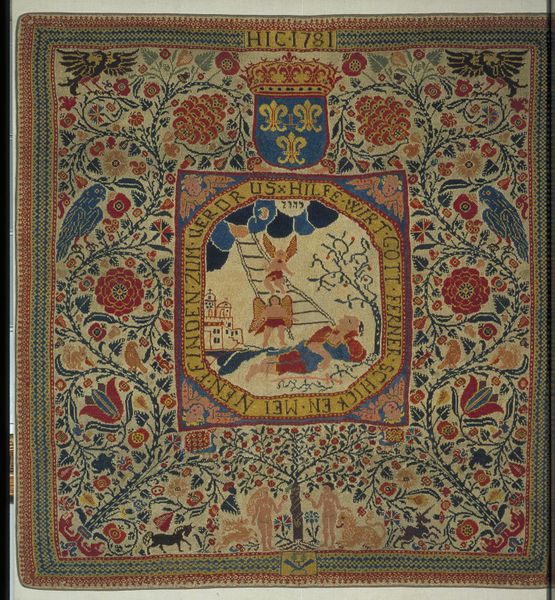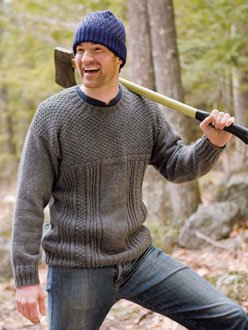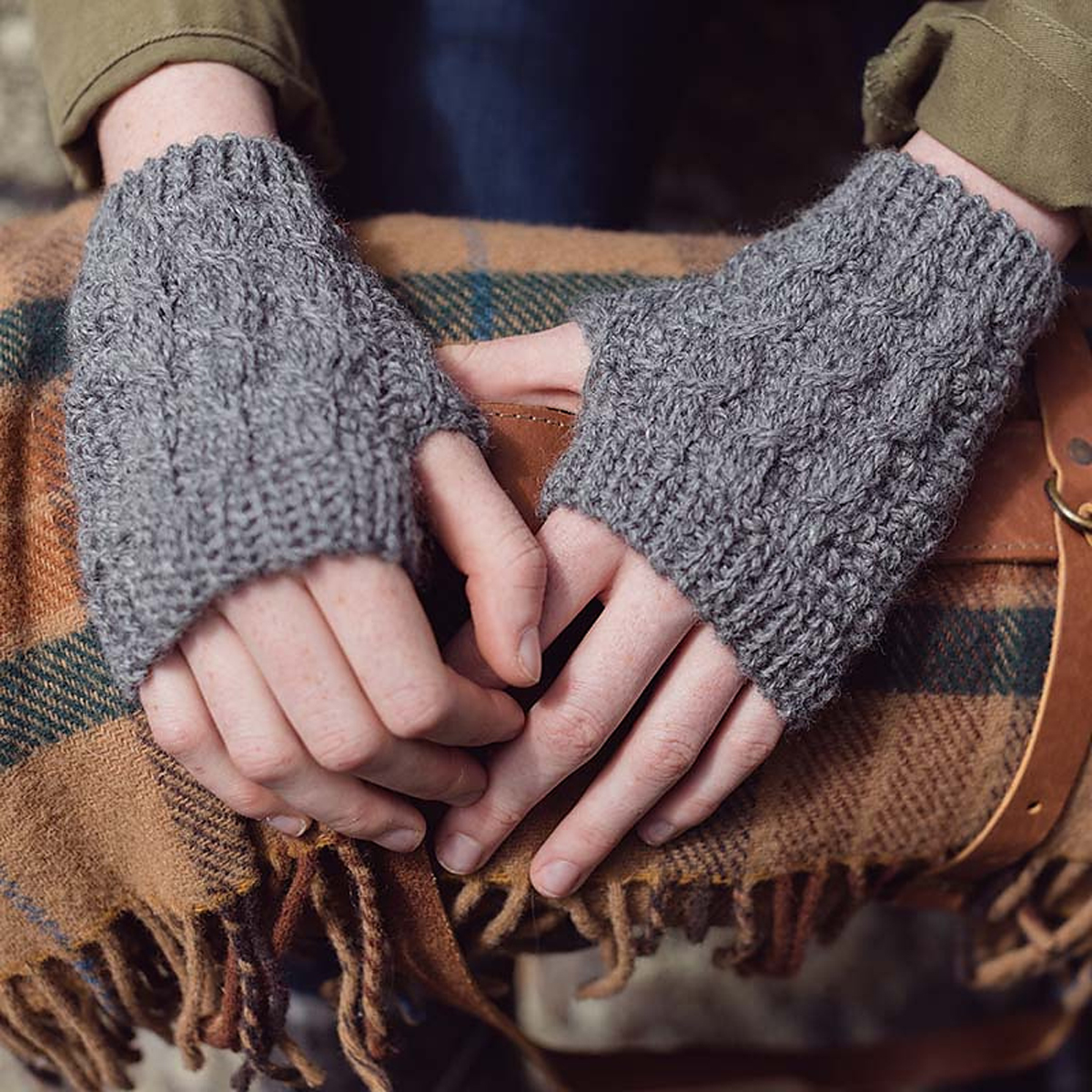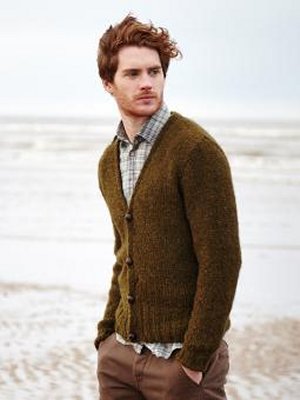Welcome, knit and crochet students far and wide, to your first summer school lesson here at Jimmy Beans Wool University! You were accepted into this program because you have a passion for fiber crafts, and the skills to bring that passion to life -- but there is always more to learn. And so we begin with one of the most serious and most often-neglected topics: HISTORY.
Specifically, the history of knitting.
Micro-specifically, the history of men in knitting. Since Father's Day is this week (Sunday the 16th!), you can come to your Dad's cookout prepared with some cool facts to entice him to learn to knit, too.
There is a stereotype today of knitting as a woman's craft, but it certainly hasn't always been that way. The oldest knitted item that has been found is an Egyptian Sock from about 300 AD, which uses a complex one-needle technique called nålbindning. All the dyes are natural and plant-based, and the yarn is wool! Just like many of the yarns we still use today. Knitted garments were in high demand, and so the booming textile industry in ancient times was supported by male knitters.
Two-toed, striped Egyptian sock. Image courtesy of the British Museum.
What we now call knitting -- using two needles and one thread to create a fabric -- likely started well before recorded
history. By the 15th century, European knitting guilds were established exclusively for men to begin to regulate the
business of knitted garments. Teen boys would leave their homes to become apprentice knitters in the guild, and
wouldn't be classified as masters of their trade until they could produce an entire knitted carpet in under two months!
18th-century knitted carpet. Image courtesy of the Victoria & Albert Museum.
Of course, during this time, from about the 1600's on, we also have lots of mentions of Aran, Gansey, and other
fishermen's sweaters in the British Isles, Scandinavia, and the Nordic countries. In the Faroe Islands, men and
women would collaborate on really elaborate garments using their famously hardy wool. Gansey or Guernsey
sweaters originated in the Channel Islands between Britain and France and were designed to be sturdy and
long-lasting. These sweaters were knitted by and for both men and women. This is just one example of practical
knitworks: men and boys would also knit themselves socks, stockings, and other hardy garments while herding
sheep or fishing.
So, hand-knitting skills were both practical and profitable to have for most of human history! Just like any other
trade, having these really marketable skills made knitting a way for men to move up in social class or status. That
all changed when the knitting machine was invented in 1589. Though it took another century to really take off, the
birth of widespread machine-knitting totally undercut the work of the knitting guilds, and so the hand-knit industry
sort of died off. Men took their time and skills to other trades, which left it to women to pick up the slack in household
knitting, and that's how we got our modern stereotype of knitting as a woman's craft.
What do you think of this knitting history? Do you know men who knit, or who would like to? Sound off in the
comments! Or, browse our site for some patterns that might appeal to the men in your life, here.




/https://public-media.si-cdn.com/filer/ea/f7/eaf75521-6d5b-4c99-a616-955b53a21e90/leftfoot.jpeg)












